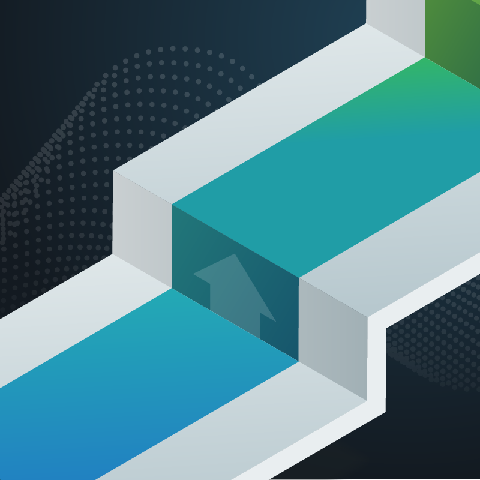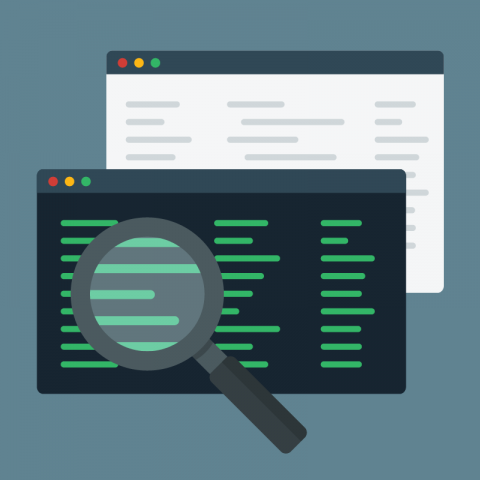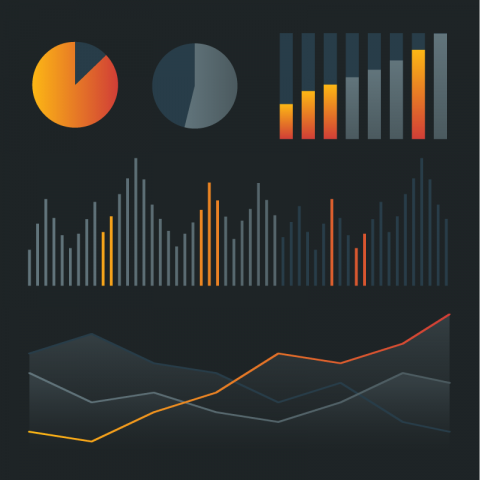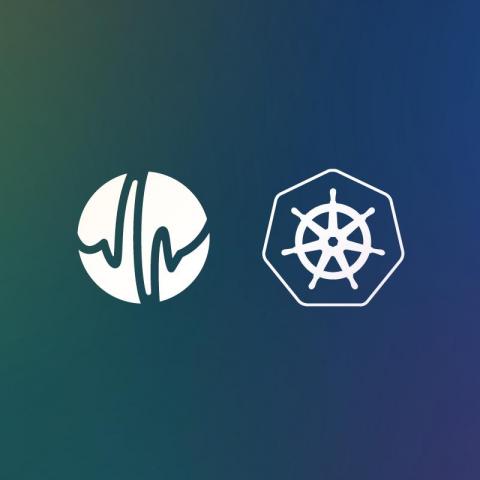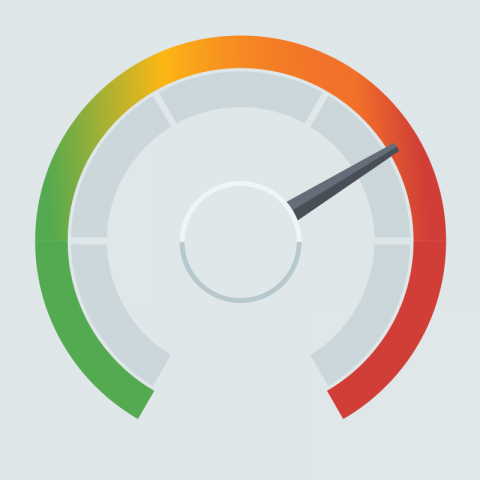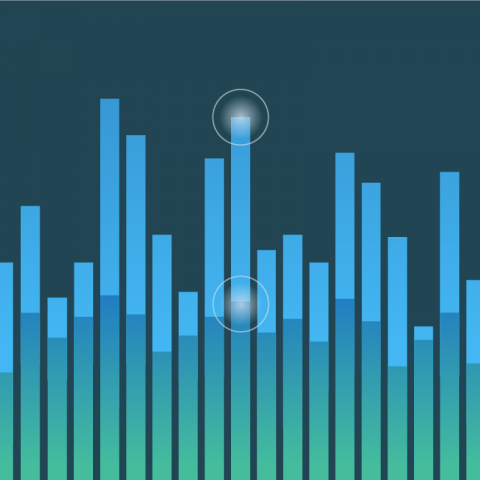Advanced Monitoring and Analytics: An Interview with Mission Critical Magazine
Circonus CEO Bob Moul recently spoke with Amy Al-Katib, Editor-in-Chief of Mission Critical Magazine, about how organizations can begin to implement more sophisticated infrastructure monitoring analytics like predictive analytics and maintenance. This is the second time in the past few weeks they spoke about how the sudden surge in online services brought on by the COVID-19 pandemic has exposed weaknesses in the state of monitoring within many organizations.



